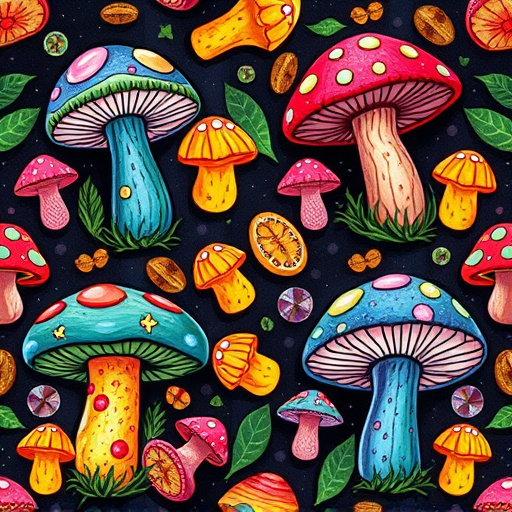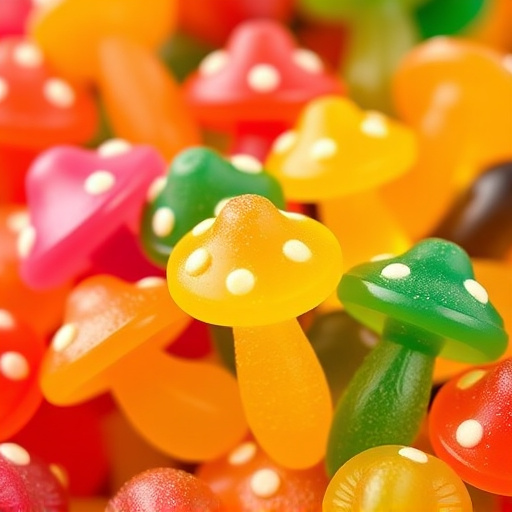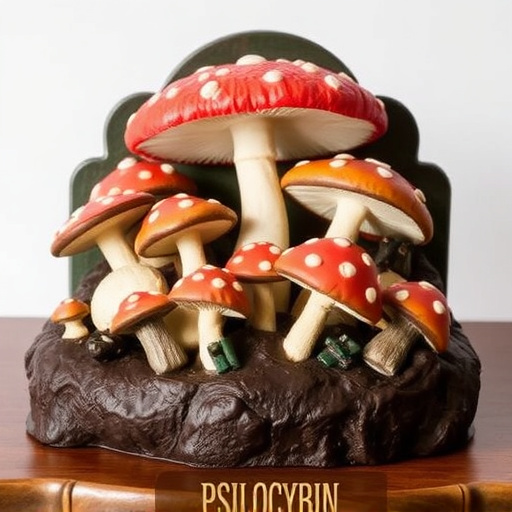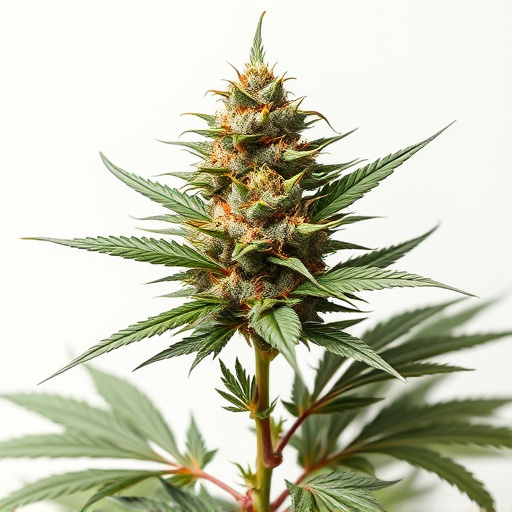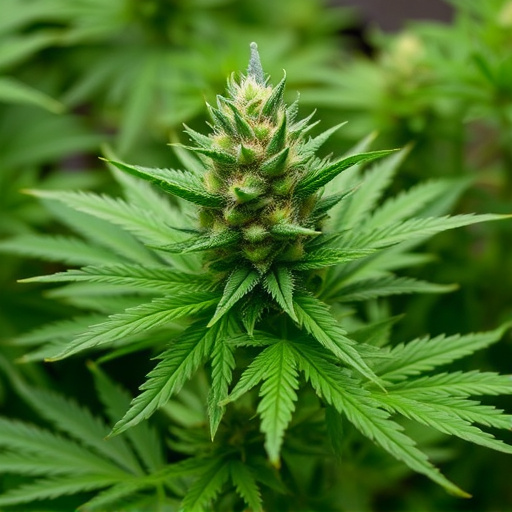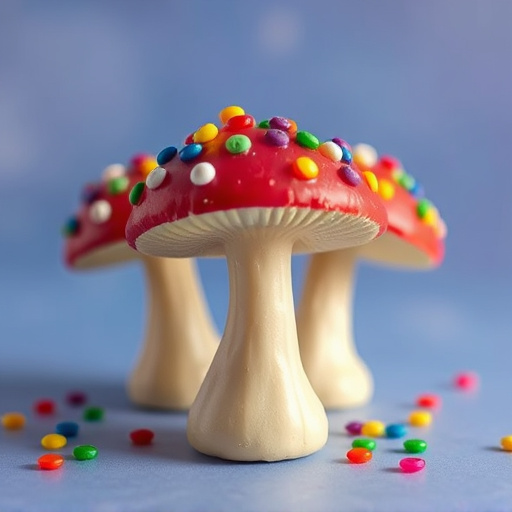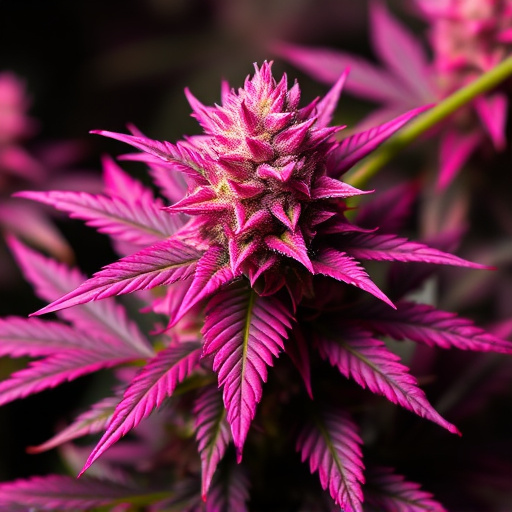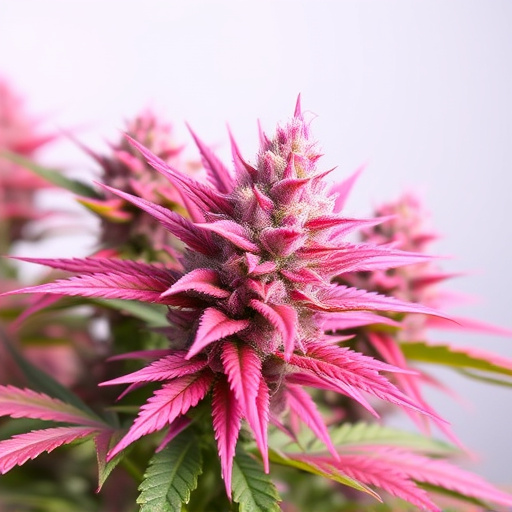The visual identification of cannabis color offers valuable insights into potential potency levels and cannabinoid profiles, with deep vibrant pinks hinting at unique terpene combinations. Although color doesn't determine precise potency, it serves as a crucial initial visual cue for growers, consumers, and researchers. While some believe specific colors may be associated with particular compounds like THC, scientific evidence on the correlation between cannabis color and potency remains scarce, especially regarding pink strains, whose distinctive hue comes from anthocyanins linked to health benefits rather than enhanced potency.
“Unravel the intriguing connection between color and cannabis potency. While visually appealing, does the hue of this plant truly impact its effectiveness? This article explores the mysteries behind the concept. We delve into how color influences our perception and whether it’s a valid indicator of cannabis strength. Specifically, we shine a spotlight on the recent fascination with pink cannabis strains, separating myth from reality. By examining scientific insights, you’ll gain a comprehensive understanding of this captivating topic.”
- The Role of Color in Cannabis Identification and Perception
- Scientific Insights on the Connection Between Color and Cannabinoid Content
- Exploring Pink Cannabis Strains: Myths and Realities
The Role of Color in Cannabis Identification and Perception
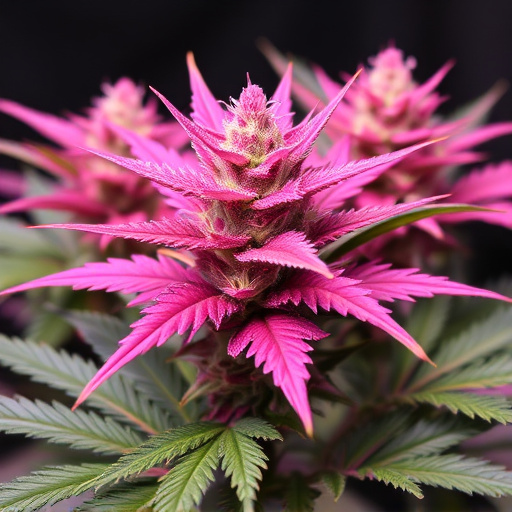
The visual identification and perception of cannabis are significantly influenced by its color, which can offer valuable insights into potential potency levels. Cannabis flowers come in a diverse array of hues, from deep greens to vibrant purples, and even rare pink shades. These colors aren’t merely aesthetic; they’re indicators of the plant’s health, maturity, and specific cannabinoid profiles. For instance, a rich, vibrant pink seen in certain cannabis strains can signal a unique combination of terpenes and cannabinoids, contributing to its overall potency and therapeutic effects.
While color alone cannot determine the precise potency of a cannabis strain, it serves as a crucial initial visual cue for growers, consumers, and researchers alike. Understanding the relationship between color and cannabinoid content is an intriguing aspect of cannabis science, leading some to believe that specific colors may indeed be associated with particular levels of THC or other desirable compounds, such as in the case of sought-after pink cannabis strains.
Scientific Insights on the Connection Between Color and Cannabinoid Content
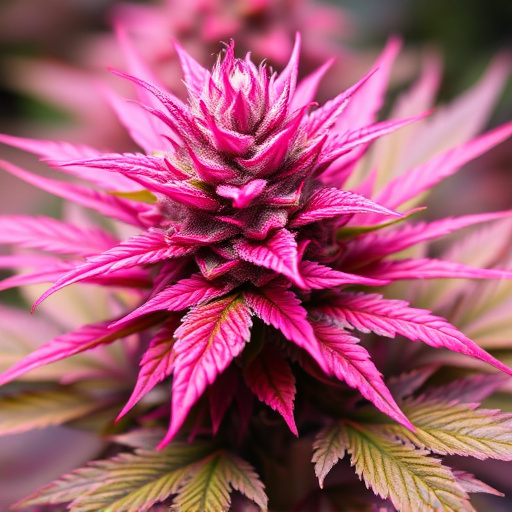
While it might seem like a trivial matter, the color of cannabis flowers has sparked scientific curiosity and debates among researchers. Contrary to popular belief, color doesn’t directly determine the potency or cannabinoid content. Instead, it’s a visual indicator of various factors that influence these properties. For instance, pink cannabis strains often result from higher levels of anthocyanins, powerful antioxidants known for their potential health benefits beyond just pigment.
Studies have explored the relationship between specific colors and cannabinoid profiles. Research suggests that the presence of different pigments in cannabis flowers can correlate with varying concentrations of THC, CBD, and other cannabinoids. For example, flowers with more red or pink hues may showcase higher levels of CBD, while others could have increased concentrations of THC due to unique pigment compositions. These insights contribute to a deeper understanding of cannabis botany and offer guidance for cultivators aiming to develop specific cannabinoid profiles.
Exploring Pink Cannabis Strains: Myths and Realities

The concept of pink cannabis strains has captivated both enthusiasts and skeptics alike, sparking numerous debates in the cannabis community. Often hailed as a rare and exotic variety, pink strains have gained popularity due to their visually striking appearance. However, beyond the allure of these vibrant buds, the question arises: do they truly possess heightened potency?
Despite rumors suggesting that pink cannabis strains are more potent than their green or brown counterparts, scientific evidence remains limited. The color variation in cannabis primarily results from different levels of anthocyanins, natural pigments responsible for the range of colors seen in plants. While these compounds have been linked to various health benefits, their impact on potency is not definitively established. Many factors, including genetics, cultivation methods, and terpene profiles, contribute to a strain’s overall effects and strength. Therefore, while pink strains may offer a unique visual experience, their potential to deliver superior potency remains a subject of myth and reality that requires further exploration.
While the association between color and cannabis potency remains a topic of interest, current scientific evidence suggests that perceived differences in power based on hue, like the allure of pink cannabis strains, are largely anecdotal. The true measure of potency lies in rigorous testing of cannabinoid content. As our understanding of cannabis continues to evolve, it’s essential to balance captivating narratives with factual data, ensuring consumers make informed decisions based on reliable scientific insights rather than color-driven myths.
